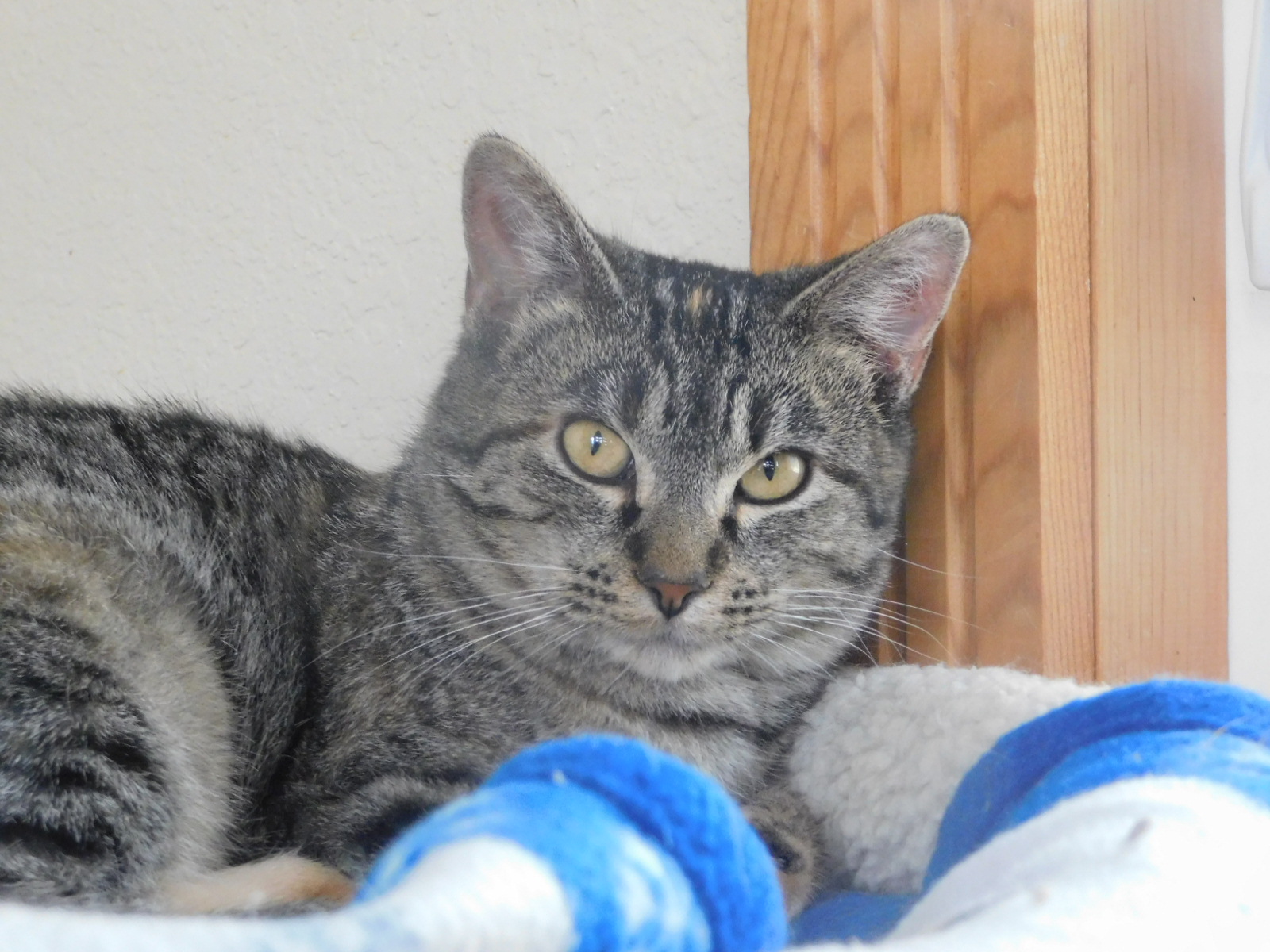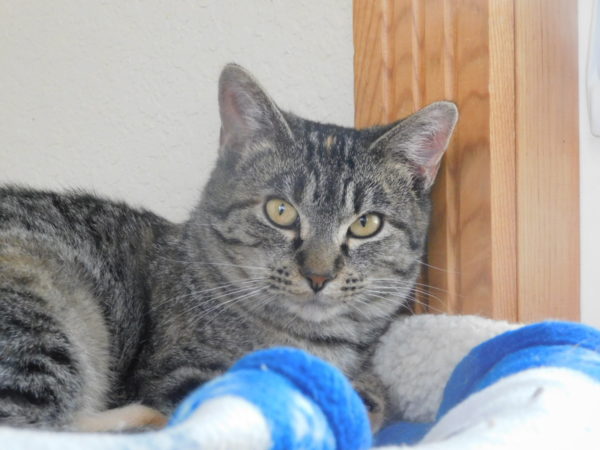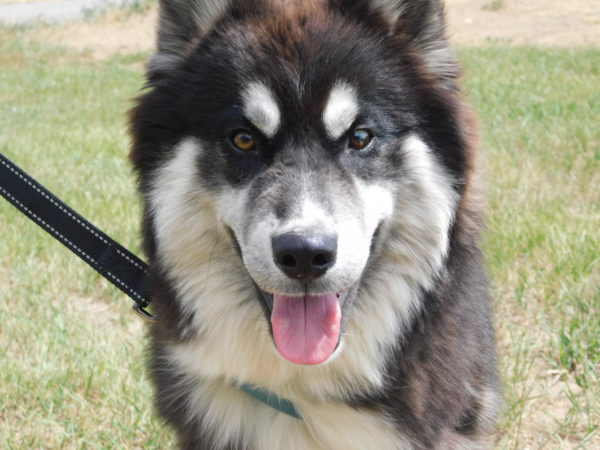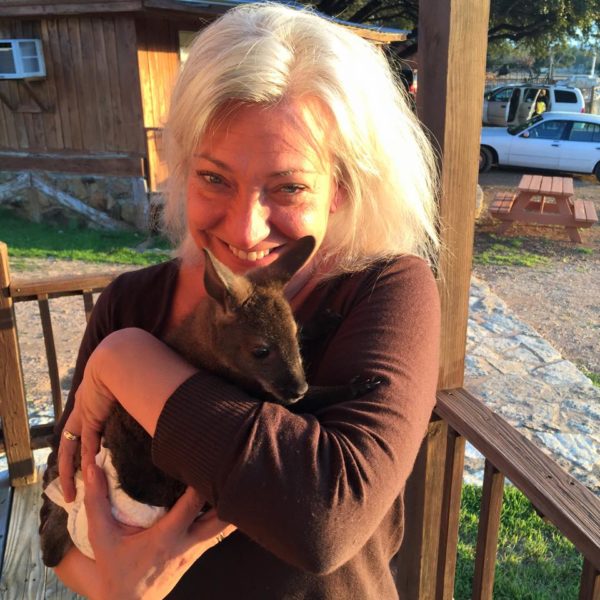
01 Aug Second Chance: Finding a Lost Pet
Being a lost pet really is frightening and traumatizing for both the pet and the pet parent. As we are in the height of “lost pet season” (there are lost pet reports coming in to the shelter almost daily right now) the Second Chance Pet Column will be focusing on this topic the next few weeks. I am kicking things off by summarizing the most immediate and important actions to take when your pet is lost.

Reese
Although my staff here at Second Chance will always help you as best they can in finding your lost pet, from social media broadcasts to loaning humane traps, it is the most pro-active pet parents that typically have the best success.
The most effective search technique is a detailed physical search of the place the pet was last seen, as well as putting family clothing and the pet’s bedding where the animal was last seen. You also want to start leaving a small amount of food the pet is familiar with and a bowl of water.
Most often for cats the search will begin at home where it is important to search in and around the house, in the bushes, under decks, in sheds, anywhere a cat might hide. A frightened cat will not respond to its family’s voice, so the search must be very thorough.
Dogs are more likely to have traveled away from home, but the search should begin at the place last seen.
The dog could be hiding, ill or injured, especially on a large or wooded property. If not found, look for evidence of direction of travel such as paw prints or tufts of fur.
If your first immediate physical search doesn’t yield results, it is time to get a plan together. Gather people to help and decide who will take what action. In the forefront someone should call all animal welfare organizations in a 50-mile radius to report the missing pet. Text or email a good photograph with the pets detailed information. You will want to indicate if your pet is shy or skittish and to not call or chase if seen, but to notify you instead.
Utilize social media and share with friends and neighbors and post pictures and descriptions on all of the local message boards. The sooner you get this information out, the greater the results. But don’t rely on only social media – get some very visible flyers up all around the area the pet was last seen as well as local veterinarian offices and businesses.
Going door to door with your flyers never hurts either, as well as posting at mailbox clusters and other high traffic areas. The most effective flyers are on neon with few descriptive words and very large lettering. A photo of the pet can be helpful, but more important is a clear description.
Next week I will talk more specifically on finding a skittish pet.
My name is Reese. I am a young female grey tabby, who started my life as a lost kitten and was never found by my people. I hope this Pet Column helps others because being homeless is no way to begin life. The experience made me rather fearful of other people, although I get along well with other cats. I have been waiting for a new gentle, patient, and loving family for nine out of my 12 months. I think I will be braver when finally in a home of my own…

T Bone
So would T Bone. T Bone is a nine-month male Wooly Husky. He and his two gorgeous brothers are puppy mill survivors and, like me, will be shy initially and require time and patience to settle in. T Bone gets along well with other dogs. He will require a good energy outlet and his long coat will also require grooming to keep him handsome and healthy.
Come meet us today!
Vetting the Vet: Dr. Michelle Dally, DVM, J.D. is Medical Director of Second Chance Humane Society. She also has a private practice, Dally Veterinary Medicine, 333 S. Elizabeth Street, Ridgway, Colorado. Her service area is San Miguel Mesas, Placerville, Ridgway, Ouray, and Montrose. For more on Dr. Dally, go here.

Michelle & Wallowby


Sorry, the comment form is closed at this time.